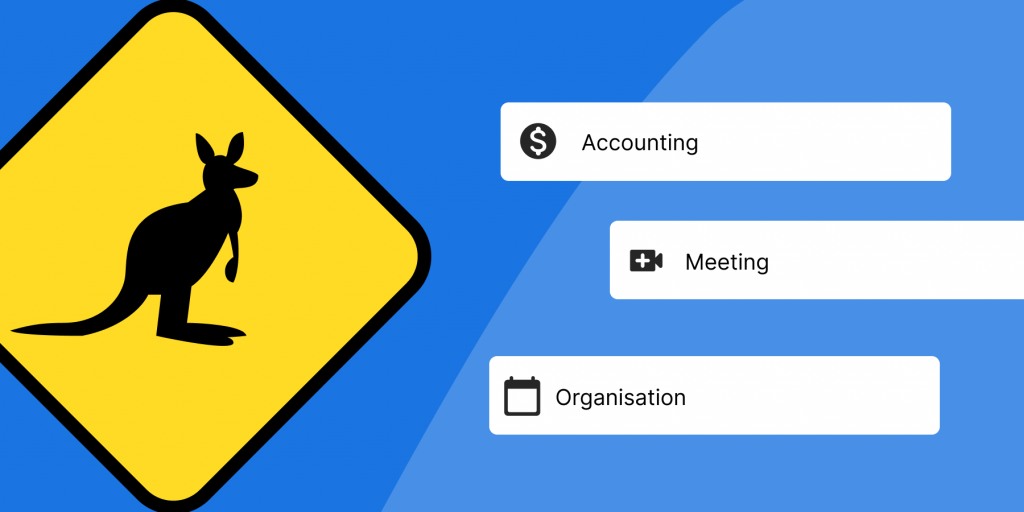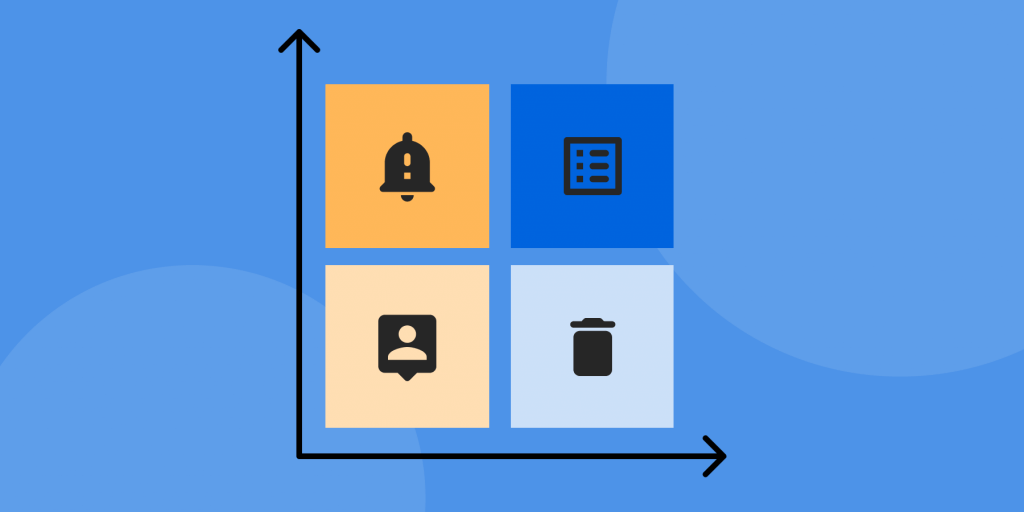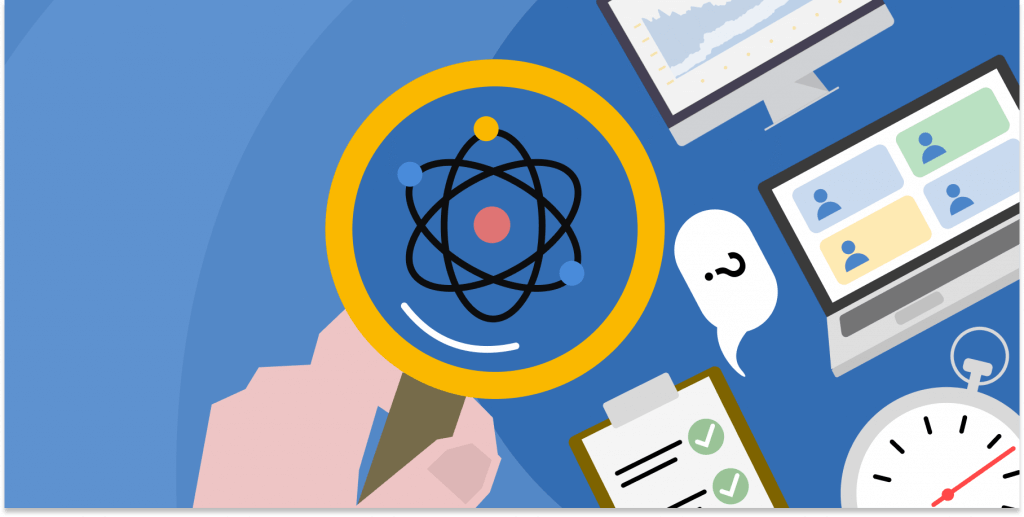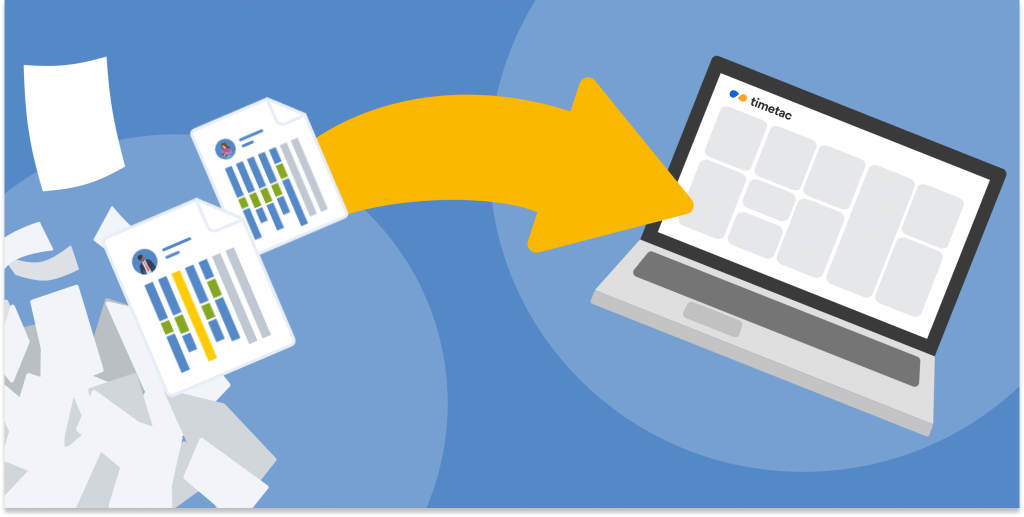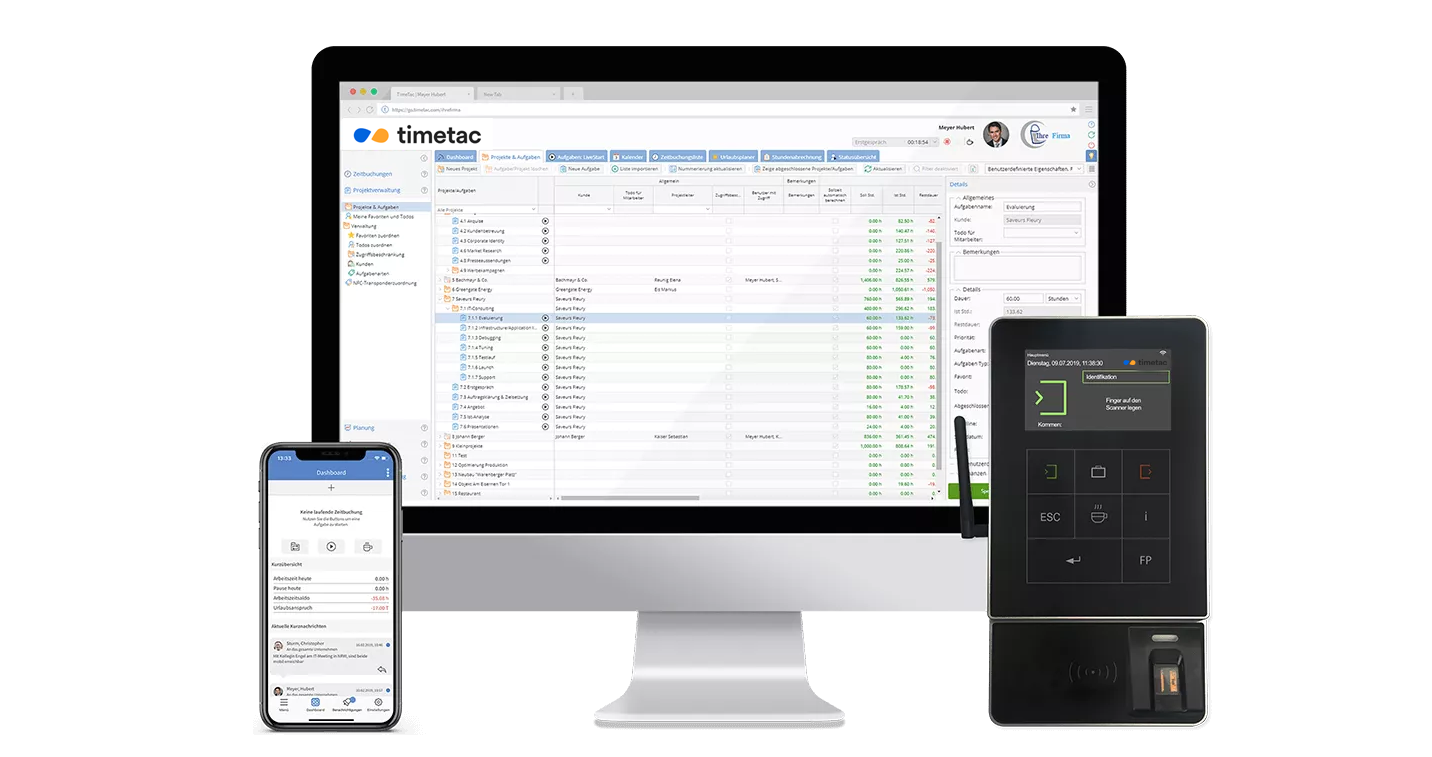New Work – What’s That?
by Anna Eisner-Kollmann, 09.01.2023
Trend, buzzword, HR gag, or much more than that? New Work rethinks work as a concept. Let’s take a look at whether the model only is trend-setting for generations like Y&Z or also for the general public.
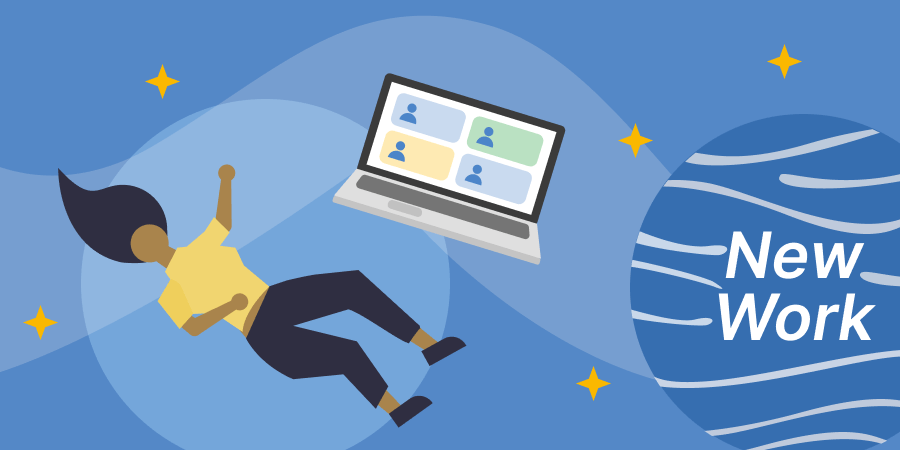
Time for Change
Especially regarding digitalization and events such as the Corona crisis, the traditional work model is in flux. Hybrid working is not the only thing that has come to stay. Many workers are questioning their career paths. Raised and educated on the promise of economic growth, Generation Y and Z adults in particular see the world of work differently than their parents. The reflections on New Work by the philosopher Frithjof Bergmann from 1980 are almost 40 years old, but fit appropriately into the present time.
Brief History
New Work is the brainchild of the philosopher Frithjof Bergmann. As a management consultant and professor, he was already exploring the topics of work and freedom in the 1980s. The incipient automation in the automotive industry served as the impetus for his thoughts. When General Motors wanted to close a large plant, Bergmann organized the first “Center for New Work” for about 5,000 employees. The idea behind it was a revolutionary one for the time: work should serve the employees and not the other way around. In the center, employees dealt with the question of what they really wanted to do and also had the opportunity to pursue this. With his thinking, he shook up actual conditions that had supposedly always existed, such as wage labor. Bergmann believed that wage labor was only as old as the Industrial Revolution. Labor was needed for the completion of certain activities, and humans were thus a means to an end. His main work, “New Work, New Culture” was first published in German in 2004 and in English in 2019.
New Work: A Definition
Nowadays, terms such as Work 4.0, Next Work or Work of the Future are subsumed under New Work. New Work, however, is principally concerned with the questions: What fulfills me – what creates meaning? Work 4.0, on the other hand, focuses on digitization. In most cases, both approaches are mixed together to find new ways of working. The term New Work is also often confused with the four-day week. But there is much more to it than that. In principle, New Work describes the intention to reorganize work. It should be more than a means to an end, but offer what people really want. “The job has to be fun” is something you hear repeatedly. But that would not be enough of an incentive, Bergmann once said; the job has to fulfill you, and employees have to really want to do it. This does by no means imply that everyone has to be committed to working in an NGO from now on. Meaningfulness can be found in every job and every company. The problem is rather that many people don’t know what they really want.
A huge benefit for the implementation of New Work is the ongoing digitalization in workplaces around the world. It should definitely be seen as an opportunity for New Work. However, a study commissioned by the EU Committee on Employment and Social Affairs in 2022 shows ambivalence on the subject of digitization. “On the one hand, it is argued that digital technologies could improve working conditions by replacing repetitive, heavy, labor-intensive or dangerous tasks, as well as by reducing the workload. It could also help to improve skills, raise the quality of work and create new, higher value-added employment, leaving more time for stimulating tasks and career development.” On the other hand, they fear major ethical violations regarding privacy and discrimination.
Advantages of New Work
Shorter working hours
Nevertheless, digitization helps to save time in many companies. Employers could use this, for example, for a four-day week with no change in salary and thus increase employee satisfaction in the future.
Remote work
Working from home has come to stay. Since the COVID-19-pandemic, working from home has become a permanent fixture in many companies. Often, a hybrid option with fixed remote days is implemented to keep the team together better. When employees work in different locations, time tracking can provide the necessary overview.
Work-life-balance vs. Work-life-blending
Work-life blending refers to the seamless transition, or merging, of work and leisure. Many employees find this flexibility beneficial to their careers. For many employees, this blending is already part of everyday life: This is also confirmed by a YouGov study from 2014: Half of the respondents stated that they answer telephone calls and e-mails in their free time.
The team as a manager
New Work also brings the term holocracy into play. Holocracy comes from the Greek and means something like holistic rule. The approach pursues the goal that employees manage themselves or are involved in many decision-making processes. On the one hand, teams would thus work more self-determined and, on the other hand, administrative expenses could be minimized. The work performed could gain in significance and employees could experience more appreciation for their job.
Disadvantages of New Work
Flexibility Paradox
Does this sound too good to be true? Don’t get too excited, of course the new-work model also has its disadvantages. The biggest problem is the insufficient spatial and temporal separation of the working world and the private environment – work-life blending. The much preached work-life balance is characterized by the existing boundary between work and leisure time, which is what makes a balance possible in the first place. The flexibility paradox states that too much flexibility actually results in exploitation. Instead of flexibility, employees work all the time and everywhere. That means that breaks and rest periods can no longer be guaranteed.
With open communication and clear rules, the New Work model can nevertheless make a decisive contribution to a company’s success. Methods that assist to keep the balance, like for example timeboxing, in combination with a digital time tracking solution, help to fulfill mutual expectations. TimeTac is optimally configurable and thus adapts to the requirements of each team.
What Structures Are Needed?
New leadership and agile forms of work
New Work also challenges the management. Digitization has brought new approaches to leadership (known as new leadership). This is where the term holocracy comes into play. Holocracy comes from the Greek and means something like “holistic rule”. The approach pursues the goal that employees manage themselves or are involved in many decision-making processes. In addition, New Work requires a new kind of manager. They must act as coaches and inspire and motivate their employees instead of “just” leading them. Like management, employees must also embrace agile working.
The right IT and office infrastructure
In order to work hybrid, employees need the necessary infrastructure. Of course, a functioning company network and security policies are the basis for working from home. Laptops and cell phones are just as important as smart tools that facilitate digital collaboration. In the office, employees need an open space with room to retreat and meeting rooms to work together in teams.
Digital time tracking
Digital time tracking helps to fulfill mutual expectations. TimeTac, for example, is optimally configurable and thus adapts to the requirements of each team. Flexibility, as described by New Work, and legal framework conditions and necessities such as rest and break times are not mutually exclusive, but thanks to TimeTac, work well together for your company’s success.
Conquer the Working World of the Future
TimeTac supports you in your business success.
